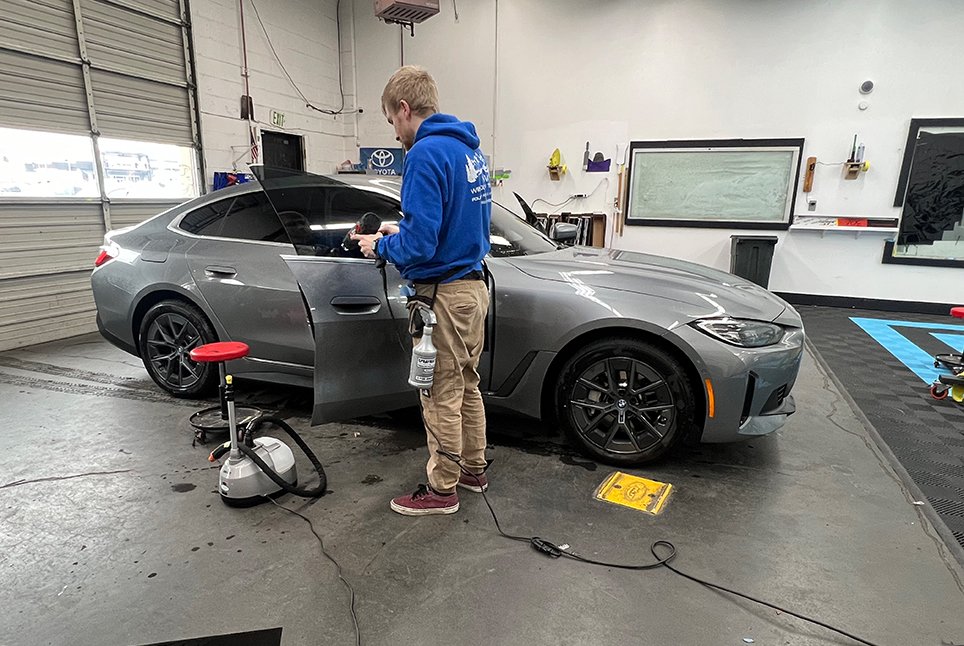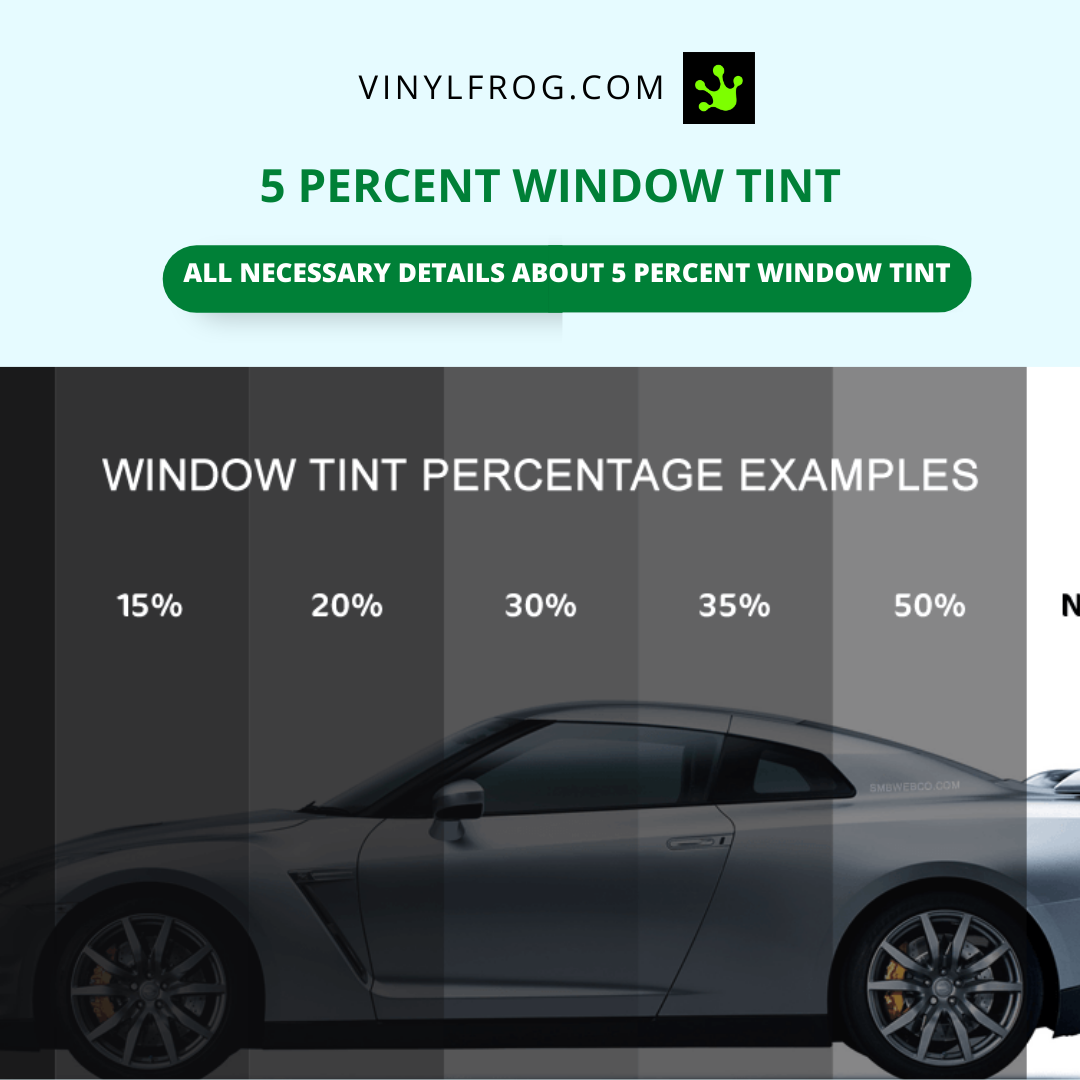The Science Behind Automobile Window Tinting and UV Ray Security
The Science Behind Automobile Window Tinting and UV Ray Security
Blog Article
Window Tinting Laws and Guidelines: What You Required to Know Prior To Tinting Your Vehicle
Prior to continuing with window tinting for your automobile, it is essential to acquaint yourself with the diverse laws and standards that control this technique throughout different states. These laws dictate the acceptable levels of tint darkness, usually gauged by visible light transmission (VLT) percentages, and include particular specifications for front windshields intended at making sure road safety and security.
Overview of Home Window Tinting Laws
Window tinting legislations are regularly based on variation throughout various territories, showing neighborhood guidelines and safety and security considerations. These laws determine the permitted degrees of tint darkness and reflectiveness on car home windows, ensuring that chauffeurs preserve adequate visibility while also protecting against dangerous UV rays and warmth.
The majority of regulations identify window tinting based on the Visible Light Transmission (VLT) percent, which shows the quantity of light that can go through the home window. Generally, reduced VLT percentages indicate darker tints. Laws often set apart between the front, side, and back windows, with stricter restrictions related to the front windscreen to boost safety and security for both the chauffeur and various other road individuals.
Compliance with home window tinting policies is essential, as infractions can result in fines, mandatory removal of the tint, and possible rises in insurance policy costs. It is vital for car proprietors to acquaint themselves with regional regulations before continuing with window tinting setups.
State-by-State Color Laws
Understanding the certain home window tinting regulations in each state is vital for vehicle owners seeking to abide by the regulation. Each state in the U.S. has actually established its own collection of guidelines regulating window tinting, which can vary substantially. These policies often dictate the allowed levels of color darkness, the sorts of home windows that can be tinted, and any type of clinical exceptions that might apply.
For circumstances, states like California have strict restrictions on color darkness for front windows, while others, such as New Mexico, might permit darker colors. In addition, particular states mandate certain visibility percentages for different windows, including the windshield, front side home windows, and back windows. It is critical for car owners to acquaint themselves with their state's laws to stay clear of possible fines or penalties.
In addition, some states may need an accreditation sticker label to be put on colored home windows, indicating compliance with state laws. Failing to comply with these laws not just runs the risk of lawful consequences yet can additionally influence safety and security and visibility while driving. For that reason, automobile proprietors need to carry out extensive research study or seek advice from neighborhood authorities to ensure full understanding and compliance with state-by-state color guidelines.
Allowed Color Types and levels
Lots of lorry proprietors may be surprised to learn that enabled tint degrees and types differ widely across various states. Each state has established its own regulations pertaining to the permissible darkness and reflectivity of home window color, commonly determined by Visible Light Transmission (VLT) percentages. VLT refers to the amount of light that can pass through the colored windows; therefore, a lower percentage shows a darker tint.

In addition, the types of tint materials allowed can differ, with some states banning mirror-like or metallic coatings. It is important for vehicle owners to acquaint themselves with their state's certain laws to ensure conformity. Non-compliance can result in penalties, required elimination of the tint, or various other lawful consequences, making it critical to comprehend these policies before waging installment.
Medical Exceptions for Tinting
While not all states give allowances for clinical exemptions relating to window tinting, those that do identify the requirement for details people to improve visibility and convenience because of medical conditions. Numerous clinical conditions, such as lupus, skin cancer cells, and particular eye disorders, can provide individuals specifically conscious sunlight. Consequently, these individuals may need darker colors to protect themselves from dangerous UV rays and glow.

It is important to note that despite having a clinical exception, there may still be limitations on the level of color allowed. Compliance with state laws makes sure that people are both secured and within lawful restrictions. Those thinking about medical exemptions must contact their neighborhood Department of Electric motor Autos or equivalent authority to understand the treatments and demands necessary to make an application for an exception efficiently.
Penalties for Non-Compliance
Falling short to follow window tinting regulations can cause significant charges, which differ by state. Police are encouraged to release citations for cars that do not abide by the specified tinting regulations. These penalties normally include fines, which can vary from small amounts to several hundred bucks, depending on the seriousness of the offense and the state in concern.
In some territories, repeated offenses might cause intensifying penalties or additional penalties, such as obligatory court appearances. Non-compliance might necessitate the removal of illegal tinting, usually at the owner's cost. In extreme cases, regular transgressors may deal with suspension of their lorry enrollment up until conformity is achieved.
Additionally, insurance policy ramifications may develop from getting several citations for home window tint infractions. Insurance providers may watch such violations as an indication of riskier actions, potentially leading to increased costs or trouble in coverage.
To prevent these penalties, it is critical for car owners to acquaint themselves with their neighborhood window tinting legislations and ensure that their automobile complies (Window Tinting). This aggressive technique not just avoids lawful implications however also promotes road safety and security
Verdict

The majority of regulations identify window tinting based on the Visible Light Transmission (VLT) percentage, which indicates the quantity of light that can pass with the window. Conformity with window tinting regulations is crucial, as infractions can result in penalties, necessary elimination of the color, and potential increases in insurance coverage premiums.Understanding the particular home window tinting laws in each state is essential for automobile owners seeking to conform with the legislation. These policies typically dictate the allowable levels of color darkness, the kinds of windows that can be tinted, and any type of medical exceptions that might use.
For circumstances, states like California have strict restrictions on color darkness for front home windows, while others, such as New Mexico, might allow darker colors.
Report this page